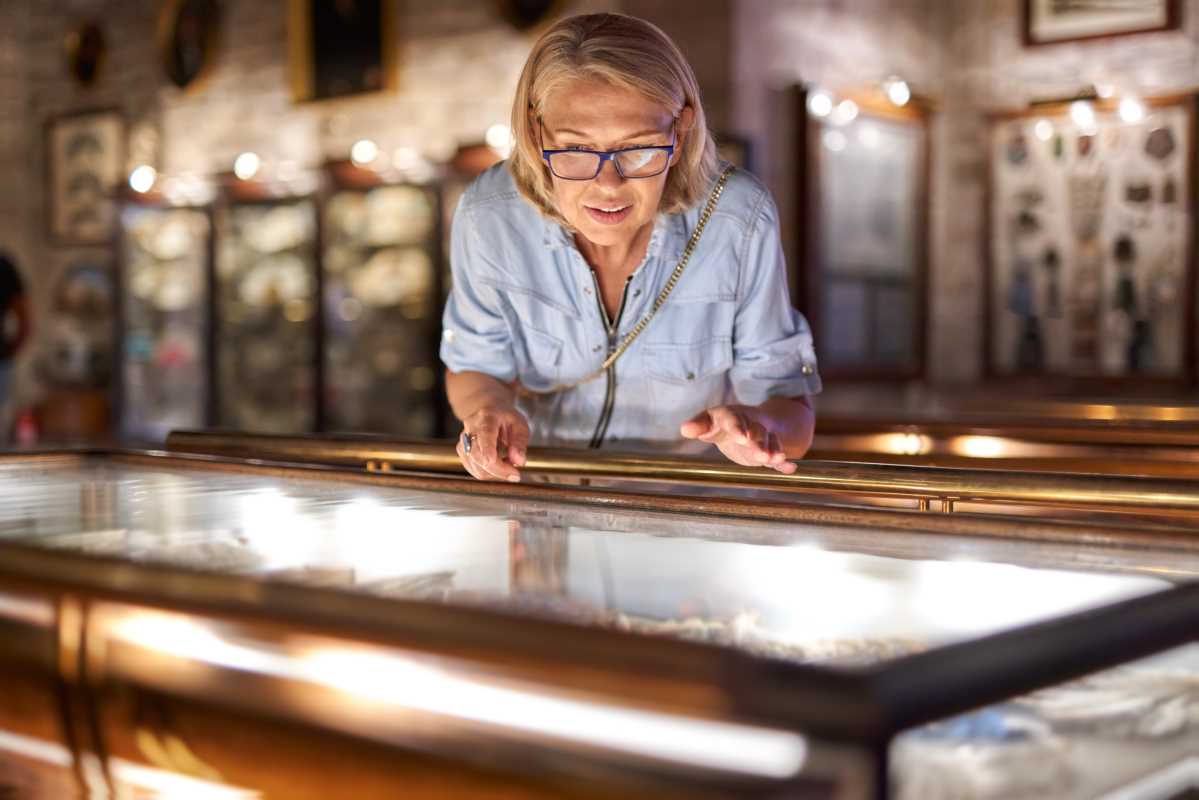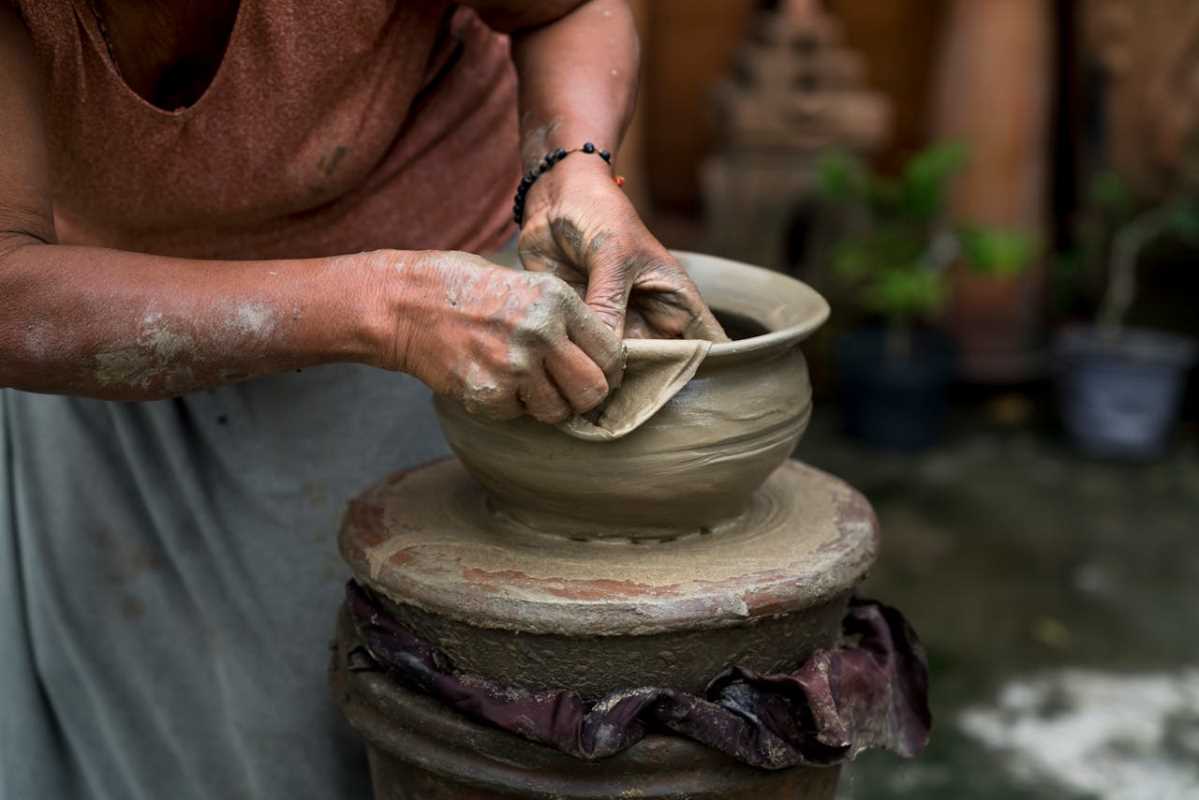Feeling stuck in a creative rut? A visit to a museum or art gallery might be just what you need. These inspiring spaces are more than just quiet halls filled with old objects; they are powerful engines for creative stimulation. Stepping into a museum can spark new ideas, offer fresh perspectives, and give your brain a much-needed break from the everyday.
Spark New Ideas and Inspiration
Museums are treasure troves of human creativity and ingenuity. Every painting, sculpture, and artifact tells a story, offering a unique glimpse into a different time, culture, or way of thinking. This exposure to new visual information can directly fuel your own creative projects.
Connect Unrelated Concepts
Creativity often involves connecting seemingly unrelated ideas. A museum is the perfect place to practice this. You might see a color combination in a modern painting that inspires a new website design. A piece of ancient pottery could spark an idea for a product's shape. The intricate details of a historical garment might influence a new fashion collection. By observing the world through an artist's eyes, you learn to see patterns and possibilities you might have otherwise missed.
Break Through Creative Blocks
When you feel creatively blocked, it often means you're too close to your project. A museum visit provides a complete change of scenery and mental focus. It allows your mind to wander freely, making new connections in the background. You’re not trying to solve a problem; you’re simply absorbing new information. This passive approach often leads to those "aha!" moments when you least expect them.
Gain Exposure to Diverse Perspectives
Art and history provide a window into the minds and lives of others. Exploring different galleries exposes you to a wide range of cultures, viewpoints, and life experiences, which is essential for creative thinking.
Broaden Your Worldview
Every piece in a museum was created by someone with a unique perspective. A historical exhibit can help you understand the challenges and triumphs of a past era. A collection of contemporary art might challenge your assumptions about society. This exposure to diverse narratives helps you think beyond your own experiences. A broader worldview equips you with more tools and ideas to tackle creative challenges. It encourages empathy and a more nuanced understanding of the world.
Learn from the Masters
Artists and innovators throughout history have been expert problem-solvers. They figured out how to represent three-dimensional space on a two-dimensional canvas, how to capture emotion with a block of marble, and how to create functional tools with limited resources.
Think about it:
- Leonardo da Vinci was not just an artist but an inventor and scientist. His sketchbooks are filled with observations and ideas that blended art with engineering.
- Pablo Picasso broke traditional rules of perspective to create Cubism, showing objects from multiple viewpoints at once.
- Architects like Zaha Hadid pushed the limits of materials and physics to design buildings that seem to defy gravity.
By studying their work, you can learn new ways to approach your own challenges. You see how others have experimented, failed, and ultimately succeeded in bringing their ideas to life.
Enhance Your Problem-Solving Skills
Visiting a museum is an active mental exercise. It trains your brain to observe, analyze, and think critically, which are all key components of effective problem-solving.
Sharpen Your Observation Skills
When you walk through a gallery, you are constantly observing. You notice details like brushstrokes, textures, light, and composition. This practice of careful looking trains your brain to pay closer attention to the world around you. Sharper observation skills can help you spot opportunities, identify underlying issues, and find subtle solutions that others might overlook in your personal and professional life.
Embrace Ambiguity and Interpretation
Art is often open to interpretation. Two people can look at the same abstract painting and have completely different emotional responses and ideas about its meaning. There isn't always a single "right" answer.
This comfort with ambiguity is a powerful skill for problem-solving. Many real-world challenges don't have clear-cut solutions. Learning to explore multiple possibilities and interpretations without needing immediate certainty can lead to more innovative and effective outcomes. It allows you to think more flexibly and creatively when faced with a complex issue.
Make Museum Visits a Regular Habit
You don't need to spend an entire day at a museum to feel the benefits. Even a short, 30-minute visit during your lunch break can provide a powerful creative boost.
Here are a few tips to get started:
- Find local museums: Look up museums and galleries in your area. Many smaller or local museums offer free admission or special discount days.
- Focus on one section: Don't try to see everything at once. Pick one or two exhibits that genuinely interest you and explore them without rushing.
- Go with a question in mind: If you're stuck on a specific problem, visit a museum with that question in mind. See if anything you encounter sparks a connection or a new idea.
- Bring a notebook: Jot down any ideas, sketches, or thoughts that come to you. Don't censor yourself—just capture the inspiration as it strikes.
 (Image via
(Image via.jpg)





